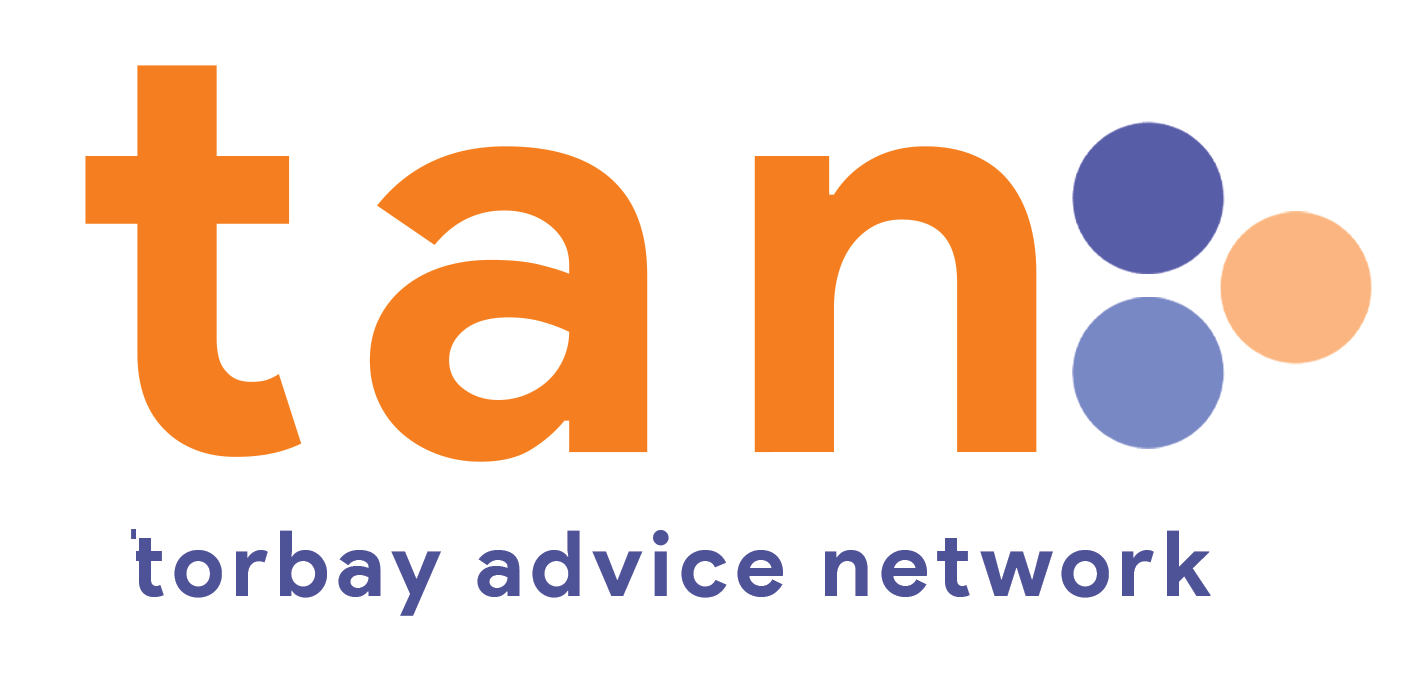For many young people, the benefits system is based on a fiction. It is asking them to rent homes that literally do not exist. In this report, we consider the design, operation and impact of the Shared Accommodation Rate (SAR), ie the rate of housing cost support available to benefit claimants under 35 years old, if they are single and do not have children.
This research aimed to understand the level of digital skills of DWP customers across 10 benefits lines.
One in five of us in the UK live in poverty and, until today, very little was known about the impact that debt can have on poverty and living standards1. Christians Against Poverty (CAP), a national debt help charity, has partnered with the Centre for Research in Social Policy (CRSP) at the University of Loughborough to explore the interaction between living standards, debt and the persistent nature of inadequate income.
‘Work first’ is a core idea that underpins the UK’s employment and welfare systems, and effective ‘work first’ orientated systems have long-term, paid employment as the primary goal for people interacting with them. This is the right objective, but with work entry rates for unemployed benefit claimants falling, health-related inactivity rising sharply and millions of people not claiming benefits locked out of support, urgent improvement is needed to reach it.
Our value for money reports examine government expenditure in order to form a judgement on whether
value for money has been achieved. We also make recommendations to public bodies on how to
improve public services.
Currently it is estimated that more than one in five people in the UK are living in poverty. Living in poverty has a profound impact on people’s health and how they use NHS services. From greater prevalence of a wide range of diseases and difficulties in accessing health care, to later treatment and worse health outcomes, poverty affects every stage of the patient journey.
Around 1.3 million people in England have a learning disability and may need more support to stay in good health. But are they able to get access to the services they are entitled to in order to prevent illness?
Adult social care support continues to stagnate following a lack of action to reform the sector by successive governments, says The King’s Fund following the publication of its annual social care report.
An overview of the final managed migration stage of the Universal Credit rollout.
Hard economic times and rising interest rates have brought a renewed focus on household debt in recent years, with concerns that more and more families could find themselves overwhelmed by the burden of debt. So this briefing note takes a closer look at the use of consumer debt (such as credit cards, personal loans and overdrafts) through the pandemic and cost of living crisis.




